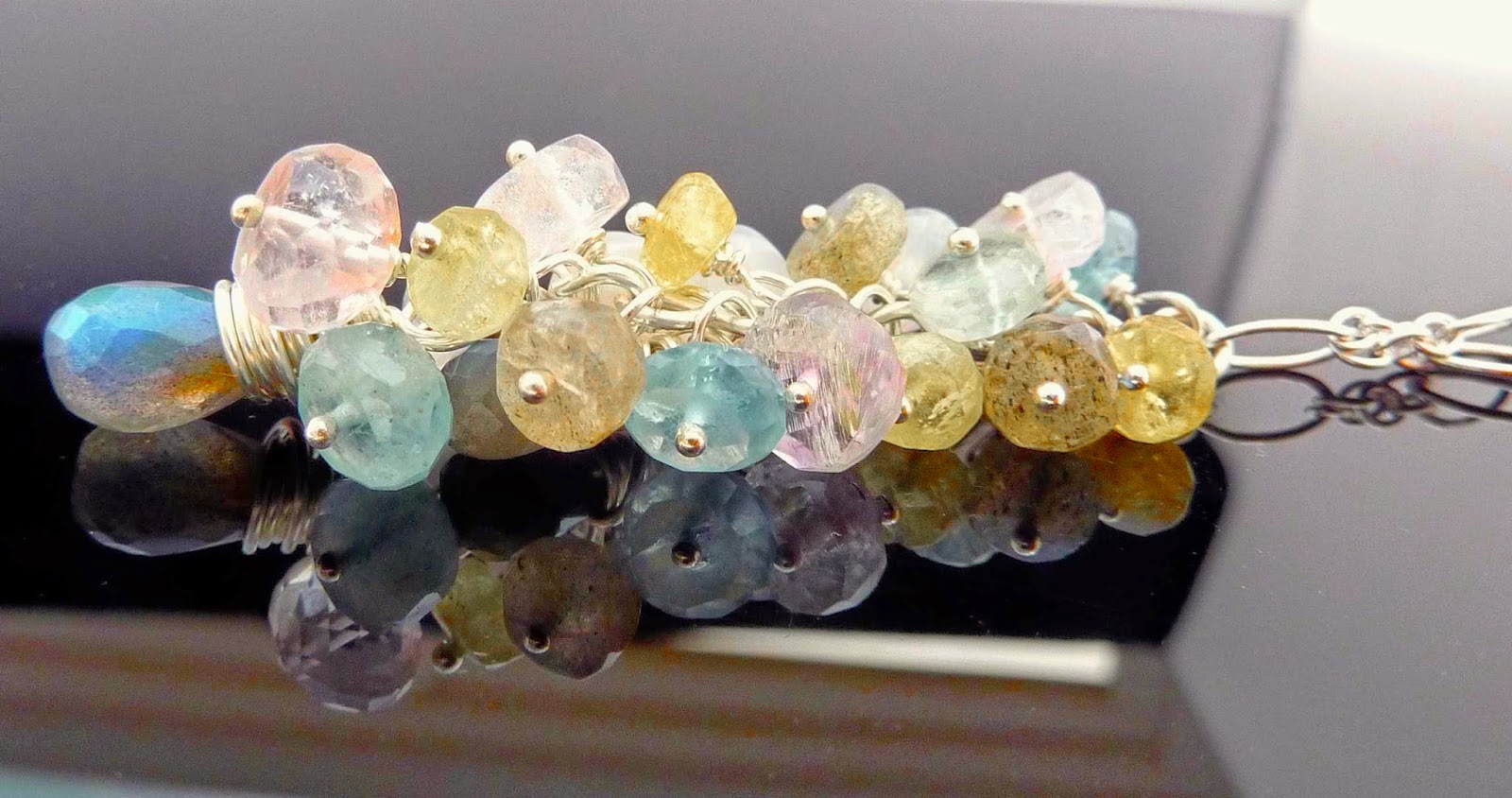I looked at a few and nearly bought one nearby for £9.95 but it had no lead and no way of testing it unless I paid nearly £30 for a new lead. Then I stumbled upon this beauty;
It's a Singer 306K in a model 40 Queen Anne, walnut burr cabinet.
I saw the auction about an hour before it ended, it was at £20 and I waited for as long as I dared before bidding. I won it for £37.78 but paid £40 when we collected it.
Because of the age the sellers didn't give me the power lead, incase it wasn't safe electrically, they hadn't mentioned this in the listing but I still think it was a bargain. I managed to get a power lead on eBay for £14 but it meant I had to wait another week to try it out.
I only needed a power lead, not a foot pedal, because the machine is knee operated and the controller is held on a bracket in the cabinet. The lead arrived yesterday and I tested it out, it ran very smoothly and made a nice stitch but after about 10 minutes it suddenly started running on its own and I had to unplug it.
I did some research and discovered the problem was the capacitor in the control pad in the cabinet. Apparently, they used to fit capacitors in the foot pedals to prevent the machines from causing interference with TV signals but they aren't necessary now. I know, I found it hard to believe, too. Anyway, when they get old they can cause power surges which make the machine run when you don't want them to.
So, I removed the control pad from its bracket inside the cabinet, unscrewed the 4 screws that hold the cover on and looked for something that wouldn't look out of place in the Delorian.
I unscrewed 2 screws, removed the wires, rescrewed the screws and took out the 2 "battery" looking things. Then I put everything else back together and tried it again. It works perfectly!
The 306K has 6 pattern cam discs that give different stitches like zigzag, satin stitch, blind hem, arrow stitch, domino stitch and waves. You change them by turning the large silver knob on the front.
You adjust the needle position and stitch width on the black dial and the stitch length is the lever below, which is also your reverse stitch lever.
I did think cams would be fiddly and complicated but they are easy to use and work well.
The bobbin for the 306K is vertical and is accessed by lifting the machine, which isn't as awkward as I was expecting. The serial number is located near the bobbin;
The 306K was made between 1954 and 1961 and mine was one of the first ones made in 1954. It was top of the range in its day and so was the cabinet. It would have cost a LOT of money in 1954.
I paid;
Machine cost - £40.00
Power lead - £14.00
Repairs (parts & labour) - £0.00
Total = £54.00, bargain!





















